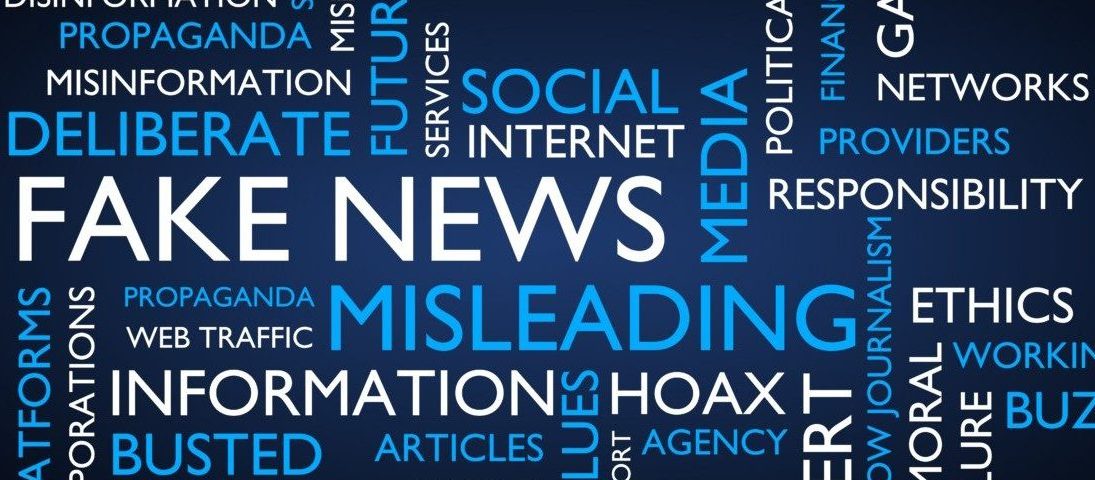
HK Transparency Report publishes latest findings
9 February 2018
JMSC to host workshop at first international infographics event in Hong Kong
14 March 2018Research into information disorder in Asia

The Journalism and Media Studies Centre (JMSC) at the University of Hong Kong has launched a series of short research articles that provide an overview of what is known about the scale and impact of disinformation in different Asian countries in collaboration with media researchers and journalists in the region.
There is nothing new about fraudulent news stories, bogus claims, fabricated facts, malicious disinformation, political propaganda, attacks on journalists, and other efforts to manipulate the information space to influence public conversations, beliefs, and opinions in Asia.
However, while concerns over “fake news” have prompted rigorous investigations in the United States and Europe over the past eighteen months, little is known about the way misinformation and disinformation is spread in many Asian countries where economic and digital development, especially smartphones, have transformed people’s lifestyles including their patterns of news consumption and distribution.
On which platforms do falsehoods spread? Who are the actors? What motivates them? Why do specific topics, issues, and individuals become targets for information disorder? What is the scale and impact of false or misleading news reports? Of course, Asia comprises many countries; we speak divergent languages, have different cultures and religious beliefs, and live under various political systems. Naturally, the matters at the heart of misinformation ecosystem in each country vary considerably.
In this project, the researchers aim to map the landscape of each country’s own “fake news” problems. Many intertwined factors are affecting the situation, including culture, history, politics, economy, education, digital adoption, technology trends, media law, and press systems. The goal is not to encompass all such aspects, but rather to highlight salient characteristics that will inform academics, media professionals, tech companies, non-government organizations, and government organizations of critical issues and their impact on the community.
The overview reports could also inform the broader global discussion and research on misinformation already in progress; in some areas, Asian countries lead the rest of the world in technology use. Mobile-only internet usage, heavy reliance on chat apps, the popularity of emojis and messaging app stickers – these are some of the phenomena we observed in the Asia-Pacific region a few years before they caught on internationally.
As a start, the JMSC has published research articles on information disorder in Indonesia, Japan and the Philippines. It will add other reports on other Asian countries including South Korea and Singapore soon. The nations in the Pacific such as Australia and New Zealand are planned to be included in the future.
Image by OMMB/Shutterstock.com
